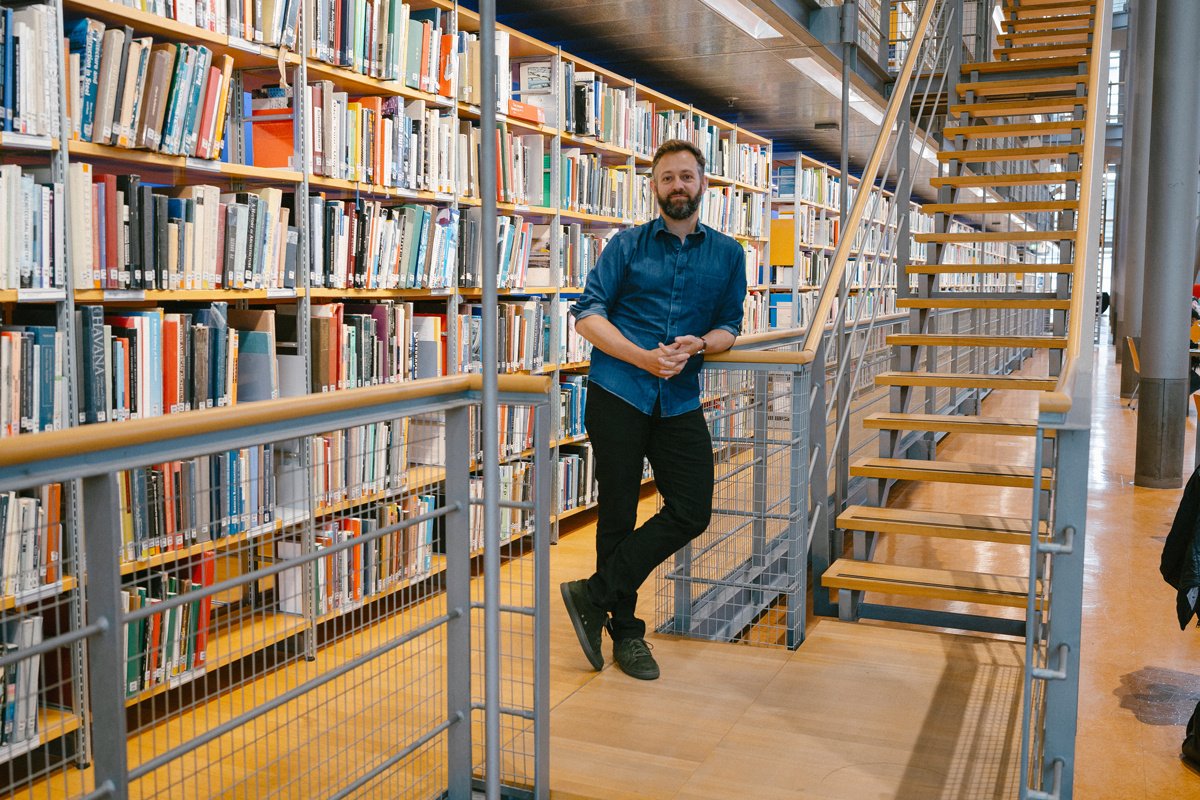How creativity became corporate religion
05. 9. 2023
9 min.
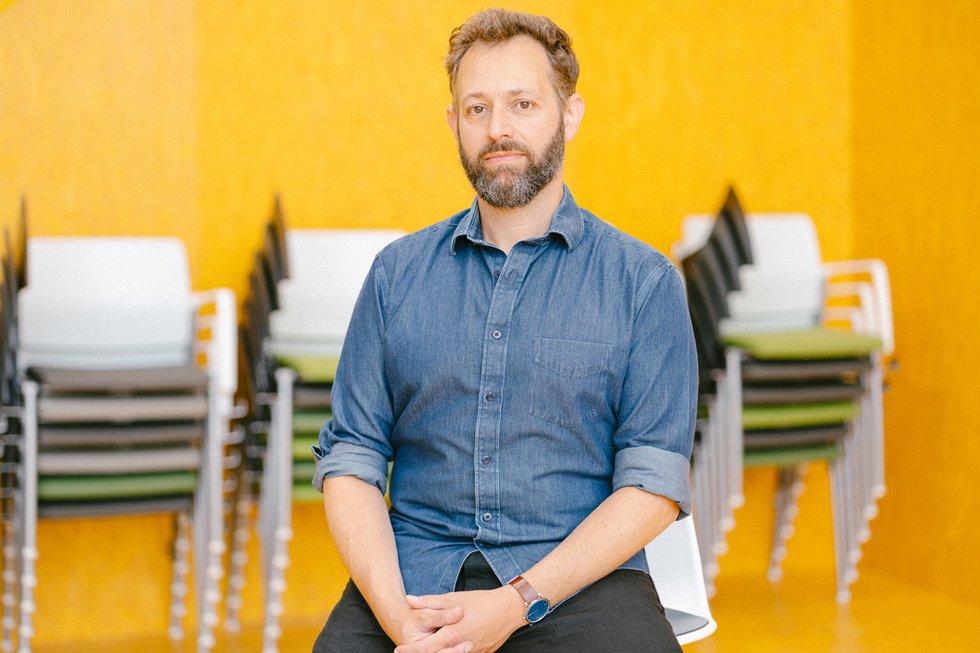

US Editor at Welcome to the Jungle
Capitalism and creativity have become critical symbionts in today’s economy. The dynamics of this relationship forms the core theme of a new book by author Samuel W. Franklin,The Cult of Creativity: A Surprsingly Recent History. According to Franklin, our comprehension of creativity is largely structured to fit within the constraints of capitalist ideologies. This, perhaps unlikely, marriage has progressively groomed us into contributors in a cycle of relentless novelty, where creativity is transformed into a production line for innovative ideas ready for packaging, marketing, and sale in the global marketplace.
In 260 pages, Franklin offers a fresh, nuanced take on the relationship between the pursuit of profit and our need for creativity. In the process, he lays bare a dubious and often dark underbelly that leaves readers with the questions: What is creativity, and who does it truly serve?
As discussed in your book, how would you characterize the symbiosis between creativity and capitalism?
Capitalism, by its very nature, has always been a highly inventive system. It’s constantly evolving and generating new products to meet ever-emerging desires, often of its own creation. For most of capitalism’s existence, the general assumption has been that innovation was a self-fuelling process spurred by inherent incentives that motivated individuals to invent and find new niches in the market.
The early 20th century was the era of faith in systematized innovation, there wasn’t a pressing need to focus on the individual. Despite this, post World War II, the pinnacle of this organizational age, inklings of concern began to surface that bureaucratic structures might suffocate the spark of innovation. Yet, there was little appetite for dismantling corporate structures or handing over intellectual property rights to the engineers. Consequently, the study of individual creativity took center stage, serving as a lifeline for the preservation of the corporate capitalist society from its own potential self-destruction. This study opened doors to, for example, psychologists formulating tests for various entities such as businesses, military, and government agencies to pinpoint particularly inventive individuals and managers crafting new techniques designed to cultivate creativity within the organization itself.
Now, there’s a substantial discussion within management circles about the most effective ways to manage and foster ‘creative’ individuals. Employees started wanting to be perceived as creative, innovative, and flexible as it was a competitive advantage against their coworkers and competitors. At a certain juncture, there occurred a perceptible shift in values - transitioning from simply being competent and dependable in one’s job, and demonstrating unwavering loyalty, to embodying ‘the creative.’ This persona, as characterized by experts, portrayed a more volatile and unpredictable personality type.
However, the definition of a ‘creative person’ is a little fuzzy. On the one hand, we usually associate it with the arts or art-adjacent fields, spanning design, fashion, writing, and even content creation. Yet, a broader interpretation encapsulates technological innovation, pulling the entire tech sector into its fold. When we discuss creative capitalism, it’s likely an amalgamation of these two perspectives.
And how has the infusion of creativity into capitalism reshaped our work environment?
During what is often referred to as the Fordist era, spanning the mid-20th century, individuals in North America and Western Europe experienced relatively high wages. This economic advantage allowed them to indulge in consumer goods, enjoy leisure time, own comfortable houses with backyards, embark on vacations, and acquire a variety of items. However, the nature of work was quite mundane for most people; the average worker didn’t need to be–or wasn’t asked to be– particularly creative in their day-to-day jobs.
Creativity’s indispensability started gaining traction during the 1970s, a period marked by economic instability, recessions, and de-industrialization. In response to these changes, work became more flexible and contingent. The traditional employment model began to shift, with increased outsourcing, contracting, and freelancing, while union power declined. A considerable part of this shift was likely driven by financial motivations, as businesses sought to minimize costs by reducing full-time employees and their accompanying benefits and letting go of expensive and un-movable factories.
But the rise of creativity’s value was also fueled by a shift in workers themselves wanting more flexibility and novelty, dissatisfied with rigid, dull work. This was felt among both blue and white-collar workers, but it really was put into practice in places like Silicon Valley, where traditional work norms blurred. Now we have more unconventional hours, diverse workspaces, and a mix of work and leisure, laying the foundation for today’s work-play blend in corporate cultures — the offering of laptops for cafe-based work or the inclusion of ping-pong tables and beanbag chairs in the office.
With the cult of creativity rising, it sounds like our modern work has become more liberating. Do you agree?
This growth has opened up numerous opportunities for individuals with a creative bent. If, for instance, you had a penchant for drawing 50 years ago, your options might have been limited to being an illustrator or a fine artist, with few industry roles available. Today, you can channel your talents into a multitude of careers. The same could apply to writers who now have an expanded palette of jobs beyond the traditional novelist or journalist role.
Creativity’s rise has fostered inclusive, flexible work styles, particularly aiding those who didn’t fit into the traditional mold. It’s made work more ‘fun.’ Though often not the best for idea generation, techniques like brainstorming enhance work engagement by encouraging collaboration, making work more teamwork-driven.
This new ideal, wherein work and play coexist, is what I refer to as the ‘creative ideal,’ idolizing the image of the artist: perpetually working. Whether scribbling in their notebook at the back of a cafe or drawing inspiration from nature, this perception of work feels more human and personal and starts to resonate with many workers.
So you’re saying that the rise of this ‘creative ideal,’ the perpetually working artist, has led modern workers to have less freedom despite its intention to bring more liberation?
Starting in the 1950s and still today, champions of creativity say that creatives prefer unstructured and project-based work as a matter of their dispositions or personalities. I believe this was used to justify a lot of exploitation in the so-called creative industries. With idolizing the artist, we started to idolize the gig economy.
The term ‘gig economy’ is super revealing: ‘gig’ is borrowed from the world of jazz, where musicians typically play on one-off or short-term contracts. It’s a famously hard life, but it’s romantic because, for them, music is a passion and something that enriches life for the rest of us. When we apply to it everything from data entry to driving Ubers, we’re saying we want to imagine we’re all basically jazz musicians.
But of course, this new work system lacks traditional job security, like sick days and paid vacations. Gig workers face constant uncertainties about future paychecks while also needing to continuously seek new work. Furthermore, this dynamic can fuel clients to pay as little as the market allows, potentially driving down wages and working conditions. As the lines between work and leisure blur, the expectation to always be ‘on’ can chip away at leisure, socializing, and sleep, eroding our personal time.
You mentioned the ‘always on’ aspect of creative capitalism, but what about the need for employees to be ‘always innovative?’
The demand for constant innovation is pervasive across industries, especially in product development and advertising. Even sectors like HR and insurance emphasize ‘constant innovation,’ but whether employees truly embrace this daily remains questionable. Interestingly, even ‘creatives,’ whom we presume are always innovating, vary their work just enough to maintain interest and originality. For example, designing a book cover or a magazine spread allows for some room for experimentation, but there’s just as much pressure on familiarity and formula, and the primary requirement is to ensure it’s different enough to avoid copyright issues. Intellectual property law encourages novelty but doesn’t necessitate a high degree of it. Undeniably, the pressure to constantly innovate can be exhausting. It could even lead some to yearn for a break in the form of mundane tasks like data entry. The expectation for innovation, therefore, might be more about rhetoric than reality in some cases.
With your idea of the cult of creativity, how has society excluded individuals who might not see themselves as ‘naturally creative?’
I think these individuals have essentially been forgotten. Creatives are the ones always in commercials. If you want to sell a new computer, you show people creating content or designing a building. They show people starting new businesses and finessing their new sneaker line. It’s always creative jobs we use to sell. It’s never people managing large databases or project managers sending important emails all day to wrangle everyone on the team. They’re seldom represented as heroic or worthy of emulation.
Within organizations, distinctions between ‘creative’ and ‘analytical’ teams can often surface. A case in point is the advertising industry, where creatives, those involved in generating ideas and the advertisements themselves, may perceive their role as ‘the value creators’ and undervalue the significance of the business-oriented divisions of the company. On the flip side, the business team, entrusted with client relationships and project timelines, regards their role as vital and might view the creatives as inconsistent. This dichotomy has the potential to foster internal discord.
Those who don’t self-identify as creative might feel sidelined in today’s ‘cool’ culture. Also, the societal shift towards valuing innovation over expertise has diminished the respect for individuals whose jobs rely on deep knowledge in a field. Despite sometimes still earning well, these experts are no longer our cultural heroes. But the much bigger problem is all the workers in fields that require manual labor, or emotional and care labor, which are immensely important to the functioning of our society and comprise the majority of people, are cast as almost less-than-human because they are not using their “creative” faculties.
So do you think there is a sense of creativity in all jobs?
Creativity experts always tell us that while creativity is often associated with artists or particular personality types, it’s crucial to recognize that it is an integral part of every job. And indeed, we can think of roles such as data entry, where unexpected problems may arise and solutions must be found. Similarly, many trades, such as plumbing and carpentry, require constant adaptation to unique situations, often leading to innovative solutions or workarounds. This problem-solving aspect can be viewed as creativity.
However, referring to these problem-solving moments as ‘creativity’ can be more reflective of our societal biases. It’s as if we’re trying to elevate these tasks by associating them with ‘flashier’ and culturally valuable work. Yet, the real essence of these jobs might be better expressed with words like ‘ingenuity’ or ‘intelligence.’ Therefore, while acknowledging the creative aspects in all jobs is commendable, it’s also crucial to respect the inherent value of all types of work, regardless of whether they are deemed ‘creative.’
How does this creativity-driven work culture impact workers’ mental health and well-being?
The notion that creativity is crucial for mental health is prevalent, and many of us engage in creative activities outside work for our well-being. However, when these creative pursuits become part of our professional lives, they often intertwine with work pressures and anxieties, potentially harming our mental health.
It’s crucial to remember that a culture of constant grind and ceaseless passion for work is not beneficial. Even if one is incredibly dedicated to their work, taking breaks and vacations is vital. This understanding may not be apparent to many who consider themselves in creative professions, and they might unknowingly risk their mental health.
There’s a persistent stereotype linking creativity and madness, suggesting that sacrificing mental health might be a part of leading a creative life. While we might find this acceptable when creating something monumental that could impact the world, it’s not justified for most of what we consider everyday “creative” work. Prioritizing self-care is essential, regardless of your profession.
How does the commodification of cultural diversity fit into the narrative of creative capitalism?
While the creative industry projects a picture of diversity and democratization, it often falls short of the mark. Commercials showcasing creatives usually have a diverse cast, lending the impression that creativity is open to everyone. We often see the narrative of cultures, like African-American culture, overcoming hardships through creativity. Although these stories of triumph can be inspirational, they don’t change the fundamental obstacles many face.
In reality, the creative professions aren’t notably diverse. They tend to be dominated by a white, middle-class, college-educated demographic, often excluding first-generation college students. While the sector culturally appreciates diversity and might be less conservative than others, it doesn’t achieve the radical inclusivity it seemingly aspires to.
In light of the increasing emphasis on creativity in the modern workplace, how do you see its role in providing job satisfaction and fulfillment?
The cult of creativity certainly holds some healthy aspirations. It understands that people seek value and meaning in their work, which is an important realization that can push us towards a more humane and enjoyable work environment. However, it might overstate how much these creative aspects alone can provide fulfillment.
While creativity in work might be interesting and enjoyable, it doesn’t necessarily equate to a sense of fulfillment or usefulness. Consider someone making a creative video for a product they don’t particularly care about. While the creative process may be engaging, the end product might not bring fulfillment because it lacks personal relevance or ethical significance.
So, the key takeaway from the cult of creativity should be our aspiration to find meaning in work and to be creative in a broader sense – being constructive or productive. It’s crucial to remember that just because work is considered “creative,” it doesn’t mean it will provide the fulfillment we expect or desire.
What recommendations do you have for individuals and organizations to improve and transform the current cult of creativity into a more beneficial system for everyone?
First and foremost, we need to understand the potential drawbacks of an ‘always on,’ ‘always passionate’ mindset tied to the cult of creativity. We should ease the pressure on employees, acknowledging the significant contributions of those doing non-creative yet crucial work. It’s essential to value and uplift these individuals and encourage others to emulate their attributes. Instead of always showcasing the ‘creatives’ in company promotional materials, for example, we should celebrate a broader range of roles and ways of contributing. This doesn’t mean we lose sight of creativity but rather welcome other skills and contributions into the mix.
Photo: Welcome to the Jungle
Follow Welcome to the Jungle on Facebook, LinkedIn, and Instagram and subscribe to our newsletter to get our latest articles every week!

Další inspirace: Kreativita

5 books to boost your creativity at work
Creativity at work is important, but sometimes we aren't inspired by our daily lives. We've curated a list of books to kickstart your creative mind!
04. 10. 2023
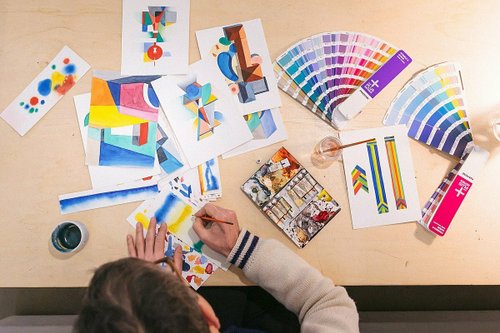
Learn to boost your creativity (and let go of your fears)
No one is immune to the effects that negative feedback can have on their creativity. Danielle Krysa, the author of Your Inner Critic is a Big Jerk...
21. 2. 2022
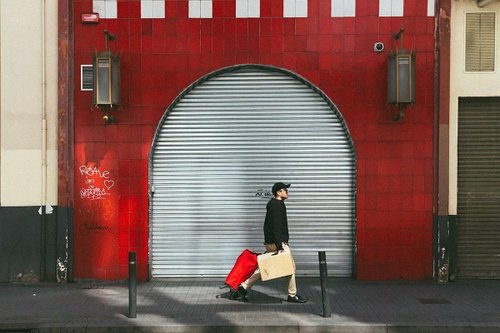
Take a walk to boost your health and creativity
The simple act of taking a walk improves our general wellbeing, focuses our attention and boosts our creativity.
14. 4. 2021
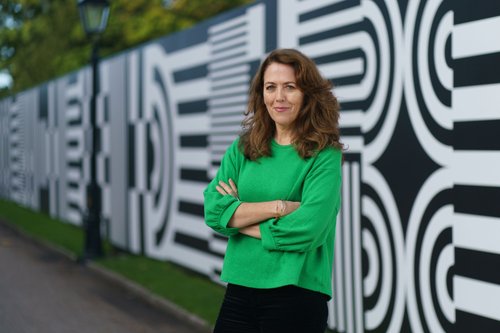
Costume drama: exploring the creative process with designer Lorna Mugan
She’s been nominated for a Bafta and an Emmy, but it’s unlikely you’ll recognise her face. Meet Lorna Mugan, a costume designer from Donegal.
12. 10. 2020
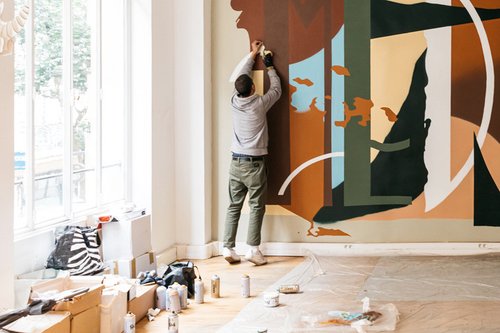
In lockdown and running out of ideas? Six tips to stay creative
Whether it’s through creating art or just finding inventive ways to adapt at work to this strange time, being creative is a new survival skill.
12. 5. 2020
Zpravodaj, který stojí za to
Chcete držet krok s nejnovějšími články? Dvakrát týdně můžete do své poštovní schránky dostávat zajímavé příběhy, nabídky na práce a další tipy.

Hledáte svou další pracovní příležitost?
Více než 200 000 kandidátů našlo práci s Welcome to the Jungle
Prozkoumat pracovní místa
